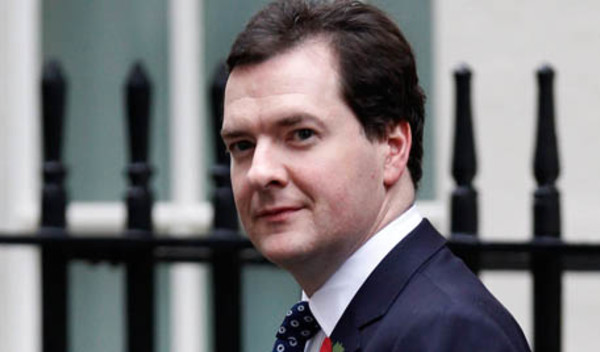

The Conservative government is aiming to reduce the deficit at the same pace as during the last parliament, projecting to come into a surplus by 2019/2020. This comes as the debt crisis in Greece accelerates, highlighting the importance of controlling government finances before they get out of hand.
“Britain still spends too much, and still borrows too much,” Mr Osborne said, “We seek to create a country that can fully pay its way.”
To do so, he has focused Government policy on making cuts to spending and changes to some types of tax relief, such as IHT and pensions.
Some may say it is prudent policy, others may call it it austerity. Regardless, here are five things you need to know about the Summer Budget.
1. Did he mess around with pensions again?
Of course he did, it is a Budget after all. This time Mr Osborne pledged to cut the tax relief available for high earners. Those making £150,000 per year or more will no longer qualify for the annual allowance of £40,000. Instead, the annual allowance will reduce by 50p for every £1 of earnings over £150,000, down to a £10,000 allowance. This is in addition to the lifetime allowance cuts made in the March Budget from £1.25m to £1m.
2. Any idea where this money is going to go?
Savings made from the reduction in pension tax relief for high earners will help fund an increase in IHT allowance on family homes. In line with the Conservative Party’s manifesto prior to the election, the IHT threshold, will beset at £325,000 until 2021 but an additional £175,000 will be added to the allowance to cover family homes. This £500,000 total applies to individuals so couples will typically enjoy a £1m allowance.
3. Anything else I should know about tax?
The non-domiciled (non-dom) tax status was abolished, so those resident in the UK for more than 15 of the previous 20 years will now have to pay UK taxes in full. Ed Miliband was the first to draw attention to this policy during his general election campaign and since then most of the other political parties have followed suit. This is a part of Osborne’s crackdown on tax avoidance in general, more details of which will come in time, but there will likely be greater power given to HMRC to track down offshore tax avoiders.
Also, the amount that landlords can claim as tax relief on mortgage interest will be gradually lowered over four years from April 2017 from 45 per cent now to 20 per cent. This move from the top level of tax to the basic rate will “level the playing field for homebuyers and investors”, according to Mr Osborne. Current levels of mortgage tax relief are estimated to cost £6.3bn per year.
4. What will the review of claims management companies (CMCs) look at?
It was announced that Carol Brady, chairman of the Chartered Trading Standard Institute Board, will lead a review of the regulation of CMCs, which will report to HM Treasury and the Ministry of Justice in 2016. Reforms will focus on fees that CMCs charge consumers, particularly where consumer complaints fall within the scope of the Financial Ombudsman Service. So the government has set out that CMCs will have to put a cap on the charges to customers, but have not yet specific details of when and how much.
5. Anything about the banks?
Banks did not manage to escape from Budget changes, as an 8 per cent surcharge on their profits will be introduced from 1 January 2016.
However, the bank levy will be cut from the current 0.21 per cent to 0.1 per cent by 2021, by which time it would apply only to banks’ UK balance sheets. Some banks have pushed for the levy to be scrapped all together, believing that it is a disadvantage to global competitors. HSBC went so far as to say the bank levy would be a major factor when considering to move its headquarters to the UK.
While these changes taken together send mixed messages to the financial sector, the implementation of the surcharge makes more sense than the levy as it is directly linked to the profitability of the bank.



